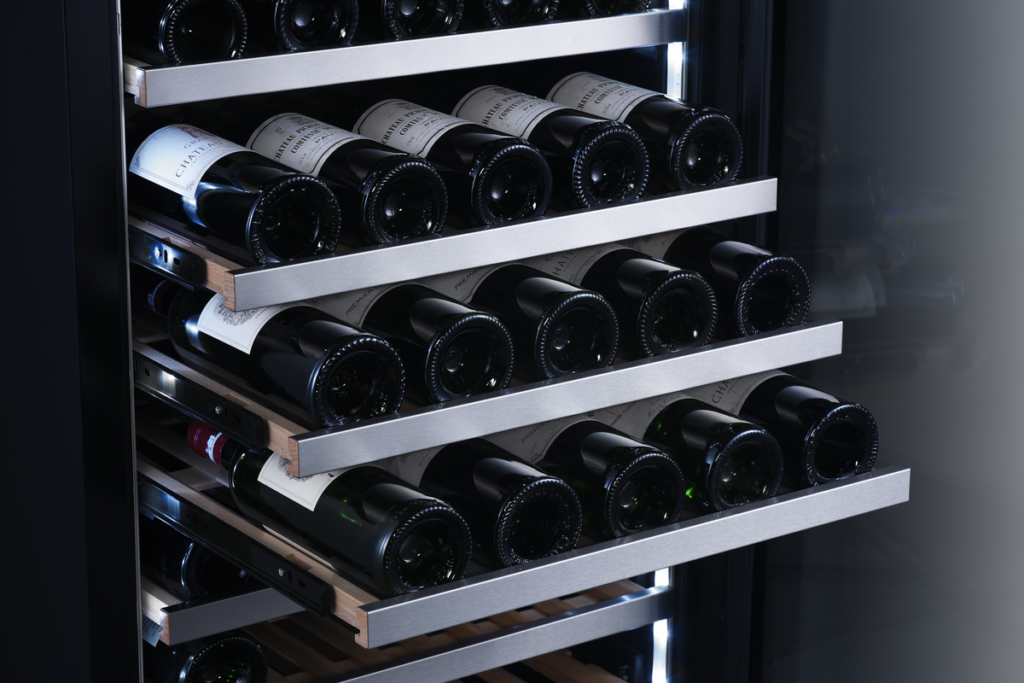First of all, it is important to bear in mind that all brands of wine cooler use the same standard bottle size to express capacity. This is a standard traditional Bordeaux bottle with a diameter of 74 mm and a height of 300 mm. This makes it one of the smallest 75 cl bottles. If your collection contains growths from Burgundy, the Loire, Alsace and Champagne, this information will not be entirely accurate. This is because the difference in height and diameter from one region to the next means these bottles will take up a little more space. If you have bottles of different origins, you will need to add around 30% more capacity. If, for example, you have 35 bottles of different growths, you should choose a wine cooler with a stated capacity of at least 50-55 bottles.
The capacity needs to be chosen based on the place wine has in your life. If you enjoy wine that is intended to be enjoyed quickly, there is no need to opt for a large volume. If, however, you are looking for a long-storage cooler in which you will leave your bottles for at least 5, 6, 7 years or more, you will need to calculate your yearly consumption and then multiply this by the average number of years you will age your best growths. If, for example, you drink 15 very good bottles per year and store these for 8 years on average, you will need a cooler that has space for 8×15 bottles (ie. 120 bottles), plus 30% to take into account bottles with different shapes, meaning you should choose a cellar with space for at least 150 bottles.
Finally, one last tip: for a wine cooler to maintain a stable temperature and keep energy use down, it must be filled to at least 70% of its capacity. The number of bottles inside your wine cooler will form a thermal mass which will prevent unnecessary operation of the compressor, providing you with a stable temperature and very low energy use
